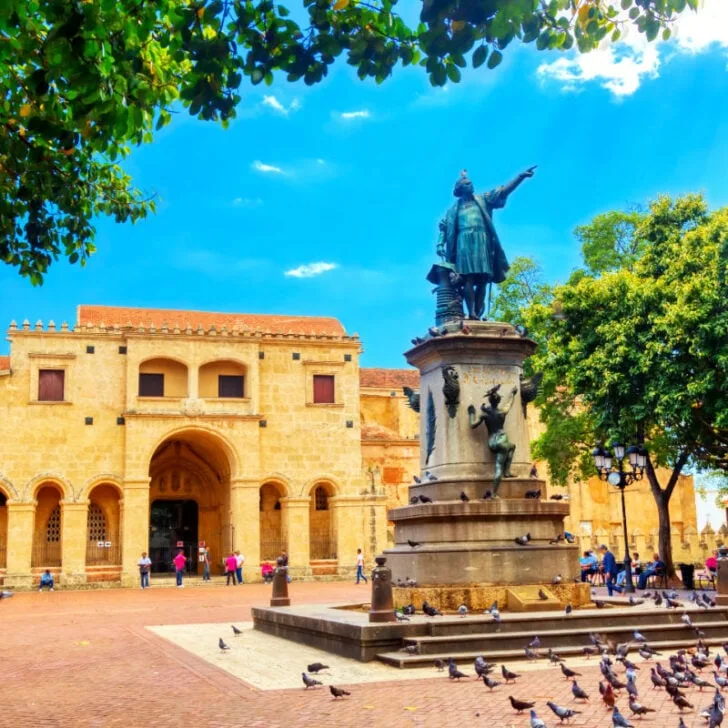The Caribbean, along with all the stunning destinations basking in its waters, has long been one of the top bucket list items for American travelers.
Right now, though, the region is enjoying never-seen-before levels of popularity, with countries like the Dominican Republic shattering all-time tourism records before peak season even starts.
Santo Domingo, in particular, is a vibrant hotspot that promises all travelers the vacation of a lifetime.
If you’re looking to experience the Dominican capital’s magic for yourself, though, the best time to schedule your next getaway is right now.
Airfare To Santo Domingo Is Currently At Its Lowest
When it comes to overseas destinations like the Dominican Republic, travel costs can eat away at a big chunk of your travel budget.
That’s why finding the right time to book your tickets can very well determine your ability to afford the trip at all.
Luckily for those itching to go somewhere warm and relaxing this fall, now is the cheapest time to fly to Santo Domingo.

According to Skyscanner’s search tool, November boasts the lowest airfare rates from the U.S. to the Dominican capital, with round trips starting at $175.
In comparison, October round-trip flights started at $670, which marks an upcharge of 282.86%.
After this steep drop-down in price from October to November, airfare costs start increasing again gradually until the cycle gets repeated, making now the ultimate time to fly to Santo Domingo.
The Weather Is Lovely
In November, Santo Domingo experiences its long-awaited transition into the dry season, marking a time when rainfall decreases and weather in general becomes much more pleasant.

It’s worth mentioning that while humidity levels can still be a bit high, especially during those first days of the month, precipitation will lessen significantly as November progresses.
This time of year, temperatures also start to cool down to more comfortable levels, ranging between 71.6°F and 87.8°F (22°C and 31°C).
You know what this means – a perfect opportunity to sunbathe on Santo Domingo’s soft-sanded beaches without having to cool off every two minutes.

So, if you’ve been putting off a trip to the Dominican Republic thus far because you don’t want to deal with the region’s hot, humid climate, now is the best time to finalize those plans.
Peak Season Crowds Haven’t Flocked To The City Yet
While, weather-wise, visiting Santo Domingo between December and April would make more sense, that would also mean that you’d have to deal with the suffocating crowds of the peak season.
And if the Dominican Republic is breaking tourism records left and right during its shoulder season, just imagine how chaotic the country (and especially its capital) will become once the weather becomes ideal.

That’s why November is that sweet spot when you can visit Santo Domingo as the weather has stabilized, but before the peak-season crowds have flocked to the city.
Fewer people translates to shorter wait times in restaurants, better photo opportunities at popular attractions, and a more relaxed atmosphere in general.
An Endless Choice Of Activities
Many tourists hesitate to take that November trip to the Dominican Republic for fear of not being able to enjoy the events and festivities that take place closer to the year’s end.
However, there’s so much to see and do in Santo Domingo before peak season, that the main issue you’ll have crafting your itinerary will be not having enough time to cram in everything you want to experience.

Now is the best time to explore the Botanical Garden of Santo Domingo, celebrate the Day of the Dead at the National Pantheon, take a food tour, visit the Alcazar de Colón, or enjoy a quiet, relaxing day at the beach.
History enthusiasts can wander through the cobbled streets of the Zona Colonial all day without having to deal with the scorching heat, while foodies can take their time indulging in the tantalizing flavors of Dominican cuisine, from mangú to sancocho.

This is also the ideal time for nature enthusiasts to embark on beachy excursions and explore the nearby Parque Nacional Los Haitises.
Credit: Source link

